How to Make Red Paint in Every Shade
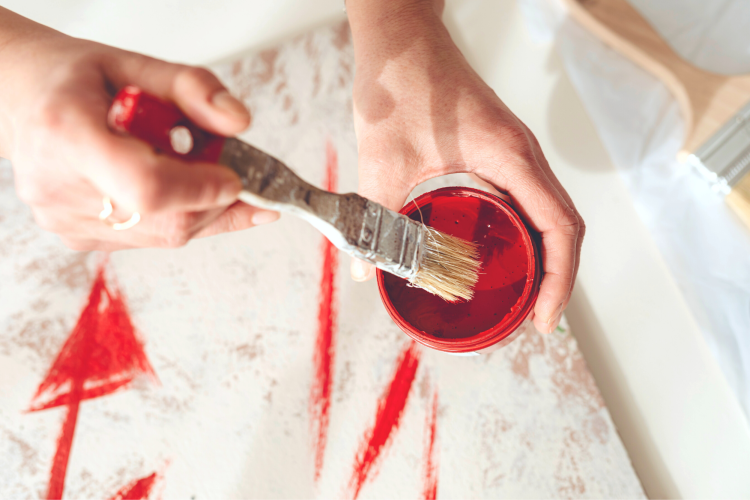
In art, red is an important color that is used to make new colors and evoke warmth, but how do you learn how to make red paint on your own?
In school, we were taught that the primary colors of red, blue and yellow are the base for creating secondary colors, such as orange, green or purple. The question is, how can we create the wide variety of red hues from bright fire truck red to the deep reds of rich wine?
In order to learn how to make red paint in different shades, we must explore how our eyes perceive color, and a set of guidelines to mixing and using colors called "color theory."
So, what colors make red paint in different shades? Understanding how colors interact with one another and practicing mixing different colors will help you learn how to make red paint in every shade you can dream of!
Jump to Section
- Mixing Colors for Beginners
- The Science Behind the Color Red
- What Colors Make Red Paint?
- How to Make Red in Acrylic Paint
- How to Make Red Paint Burgundy
- How to Make Light Red Paint
- How to Make Dark Red Paint
Mixing Colors for Beginners
Learn Color Theory
To expand your artistic knowledge, you might explore the ideas of color theory from the basic color wheel, color harmony and color context to the relationships between colors.
Mixing colors allows artists to evoke emotions in their work through the range of shapes and colors they choose. Incorporating different tints and shades can set the tone for anything from a dark, moody painting to a bright, joyful scene.
Tints refer to hues (or basic colors) that have been lightened by adding white while shades refer to hues that have been darkened by adding black. Mixing tints or tones with other colors lets you create an infinite palette for artistic expression.
Understanding color theory makes it easier to learn how to make red paint, how to make brown paint and all colors of the spectrum.
Try Painting Classes
From beginning painters to seasoned artists, painting classes are an excellent way to grow your knowledge and practice your skills.
Art classes are a great way to learn tips and tricks for developing your art from evoking emotions with color to discovering how to make red paint in the perfect shade even if you don’t have red paint at home.
Spark your creativity, hone your techniques and relax with an artistic evening of unique painting classes near you. You can also explore different painting styles and techniques from watercolor to abstract art from the comfort of your own home or studio with online painting classes.
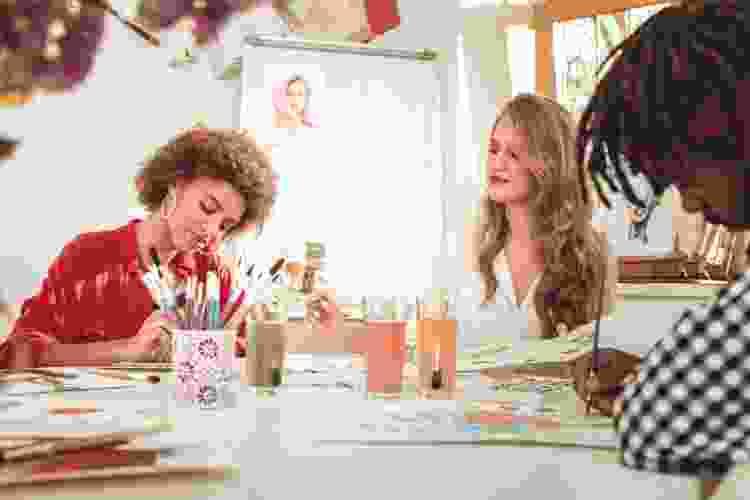
The Science Behind the Color Red
According to Smithsonian Libraries, the science of color stemmed from Isaac Newton's experiments with prisms and light in the 1660s, from which he identified the colors of the visible spectrum we know today.
In order to learn how to make the color red, you need to understand the relationship between light and color.
Color and Light
The sun’s rays contain all of the colors of the rainbow, which creates a mixture known as white light. When white light hits a white surface, it absorbs no color and reflects all the colors equally. However, a black surface absorbs all of the colors while reflecting nothing back.
When light shines on an object that is neither white nor black, some colors are absorbed while others are reflected. The colors that are reflected are the ones that we can see.
The Color Spectrum
The physical makeup of an object affects the way light is reflected and determines the length of its electromagnetic waves. When light bounces off of an object, our eyes measure the length of the electromagnetic waves and then our brains use this information to translate those waves into colors.
The range of possible colors is called the spectrum with longer wavelengths resulting in warmer colors such as yellows, oranges and reds and shorter wavelengths resulting in cooler colors such as blues and greens.
Additive Mixing vs. Subtractive Mixing
So, what does this tell us about how to make red paint?
We know that color comes from the way an object reflects light, but when we blend objects together, those objects’ abilities to reflect light also become mixed. This can happen in two ways: additive mixing and subtractive mixing.
Additive mixing occurs when wavelengths combine, so if the two wavelengths together equal the same wavelength as the color red, that object will also appear red.
Subtractive mixing occurs when wavelengths are removed, generally through the use of paints or dyes. When these pigmented layers absorb some of the wavelengths, it can change the perceived color.
Now that we know how our eyes perceive the color red, what does that mean for understanding how to make a red color? What colors together make red paint?
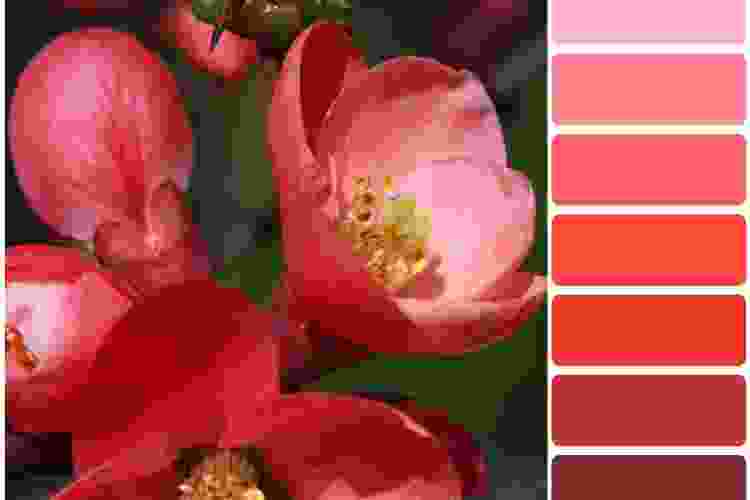
What Colors Make Red Paint?
How to Make Red Paint Without Red
To learn how to make red paint without red, you will need yellow and magenta. When you mix magenta and yellow, the wavelengths of those colors cancel out all other wavelengths of light except those of the color red.
Fun Fact: This is why printers use magenta, yellow and cyan instead of red, yellow and blue to make all of the colors on the spectrum.
How to Make Red Paint Without Magenta and Yellow
Some proponents argue the theory that because magenta, yellow and cyan can be combined to make any color, they are the true primary colors, despite what we learned in elementary school art class.
The teachers at John Muir Laws explain this theory using a set of color mixing tests, including mixing magenta and yellow to make orange and then continuing to add magenta until reaching a bold hue of red.
So, if you have magenta and yellow paint, but run out of red, you can mix those two colors now knowing how to make red paint at home for your next project.
What colors make red without magenta? Well, if you do not have access to any shades of magenta or yellow paint, you may end up with oranges and pinks rather than red.
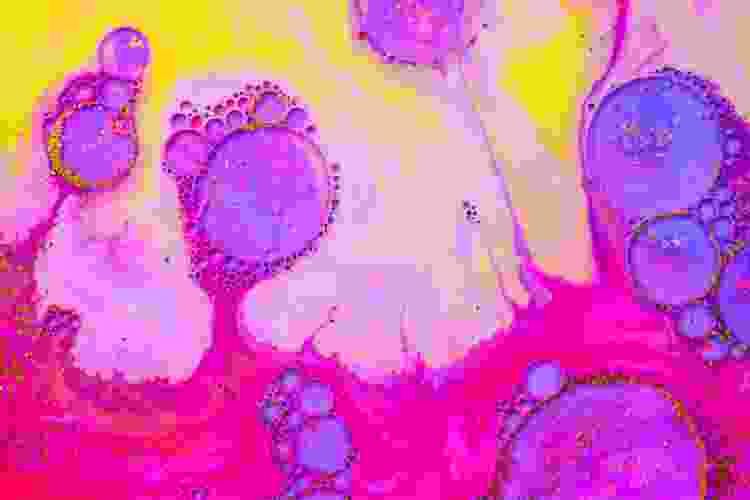
How to Make Red in Acrylic Paint
If you want to practice how to make red paint in acrylic paint, follow the same principle as above by mixing yellow with magenta paint.
Start with a dollop of yellow and add in small amounts of magenta until you have achieved the red hue that you need. You can use this technique to create an entire palette of colors starting with your base color and adding other colors until you have achieved the color you would like.
Hues and Shades
Once you have created your preferred hue of red, use your red paint to evoke a particular mood or emotion in your art.
Certain colors are often connotated with emotions and ideas and can be influenced by the hue, from a fiery, passionate, loving red to a deep, dark and angry red. Bright reds can also signify warning and a sense of authority, evident in its use with traffic lights and stop signs.
Once you know how to make the color red with paint, you can mix your red with other colors to create an unlimited range of colors from muted reds, bright reds or rich tones of red such as crimson, maroon and burgundy.
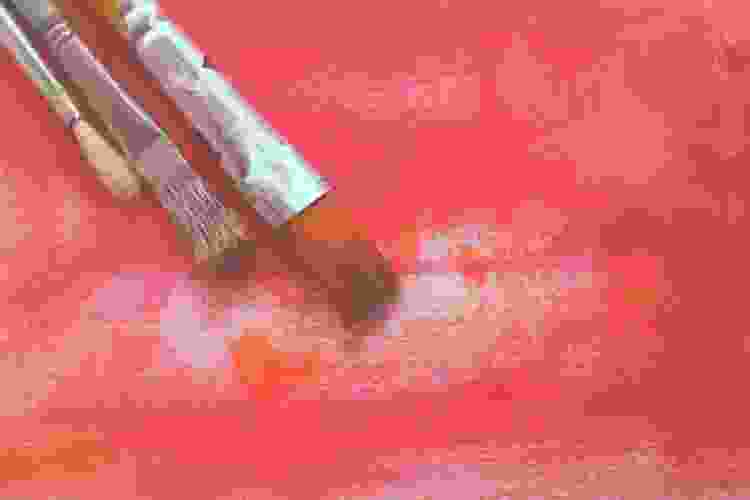
How to Make Red Paint Burgundy
Once you have learned how to make red paint or you have paint that is already red, you can use that paint as a base to make a wide variety of other colors, including burgundy.
Burgundy is a deep, reddish-brown color named after the red wine signature to the Burgundy region of France. Sometimes confused with maroon, which has more brown and is, burgundy is a brighter, more vivid color often described as a combination of red, brown and purple.
Colors to Make Red Paint Burgundy
When exploring how to make the color red in a burgundy shade, you will find there is more than one way to create this rich color. To transform your red paint into a bold burgundy, you can:
- Add some blue to create the purple tones as well as brown to achieve the depth of color.
- Combine two parts red with one part green.
- Start with a deep brown color by combining red, orange and blue or green then continue blending in touches of red and purple until you have achieved the desired hue.
Once you have your burgundy paint, pair it with deep blues such as navy, strong greens including kelly, sage or emerald or light peaches or pinks for a harmonious combination of colors.
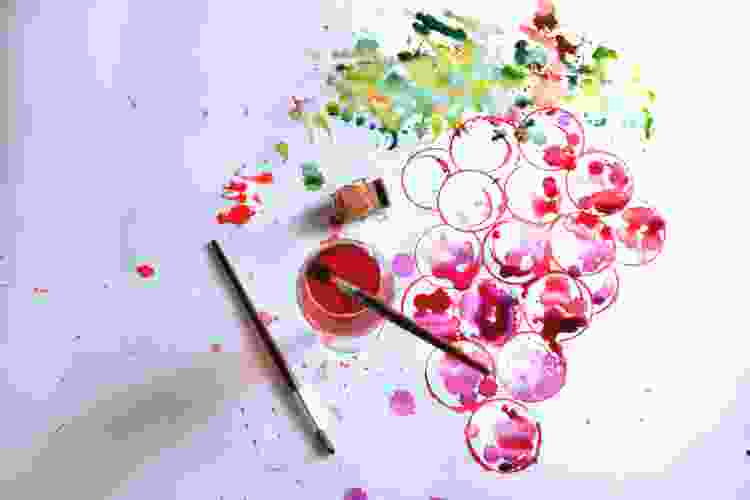
How to Make Light Red Paint
We now know how to make red paint by combining yellow and magenta and how to make red paint transform into burgundy by adding other colors. Now, how do you make red paint in a lighter hue?
Add White, Yellow or Orange
To make tints of red, or any color of paint, lighter, all you have to do is mix in some white paint. Another method of how to make red paint lighter is to incorporate yellows or oranges. This will result in lighter and brighter hues.
Tip: To create a bright, warm red hue, you will want to make sure to use warm yellows, staying away from yellow hues that contain any traces of blue, which can make your red turn out muddy instead of bright.
Some warm yellow tones to use for a vibrant red include cadmium yellow, which already has red undertones, and yellow ochre, which is a darker yellow but still warm.
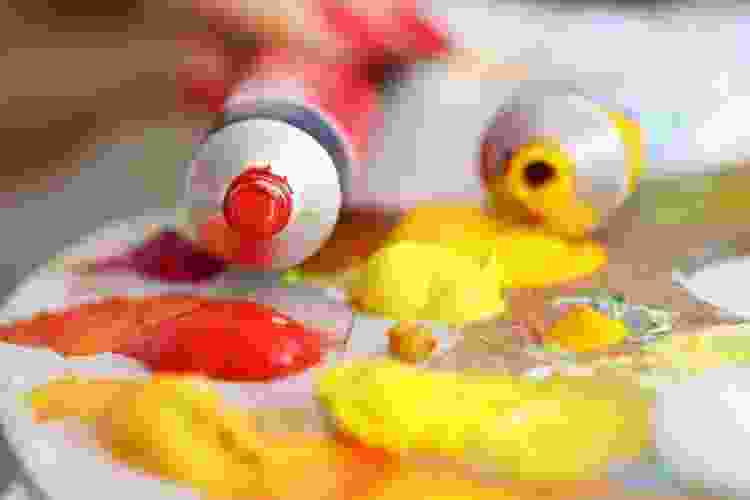
How to Make Dark Red Paint
The way an artist uses light or dark hues can set the mood in a painting, so it is helpful to know how to make dark red paint or light red paint, depending on your needs. The first method of how to make red paint darker is to add black.
Similar to the way warm colors such as yellows and oranges will lend a lighter or brighter hue to red paint, incorporating cool colors such as greens or blues will darken the tones of red.
Using a blue that contains a little bit of red already, such as ultramarine blue, will result in a deep shade of cool red while cerulean blue helps create a lighter shade of cool red.
Experimenting With Red Shades, Hues and Tones
Now that you have learned how to make red paint lighter or darker and warmer or cooler, you can experiment with mixing a variety of red hues by drawing several squares on a piece of art paper, and then filling the squares one by one with your base color.
Add small amounts of another color to see how it affects your base and practice adjusting the ratios until you achieve the desired results.
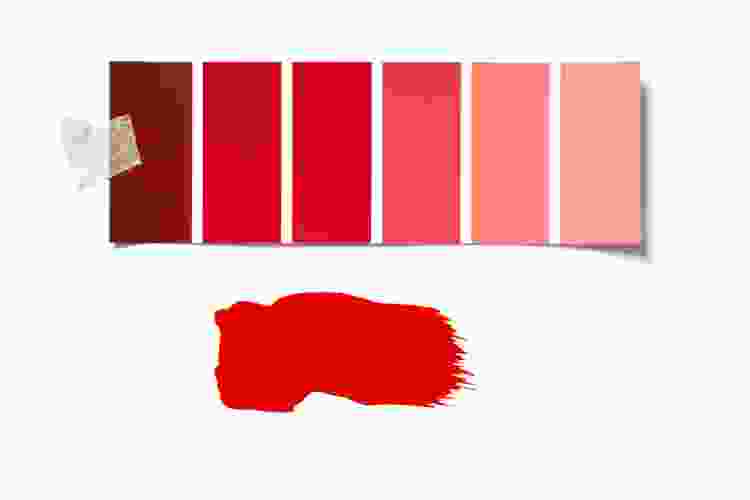
Now that you know how to make red paint at home in every shade, you can create vibrant art with hues of red from bold and fiery to deep and rich. Take your new skills to the canvas and learn even more useful techniques with unique painting classes in NYC and other art-centric cities. It's time to break out your artist’s palette and start mixing!
For even more creative ideas and inspiration, check out other experiences happening on Classpop!

